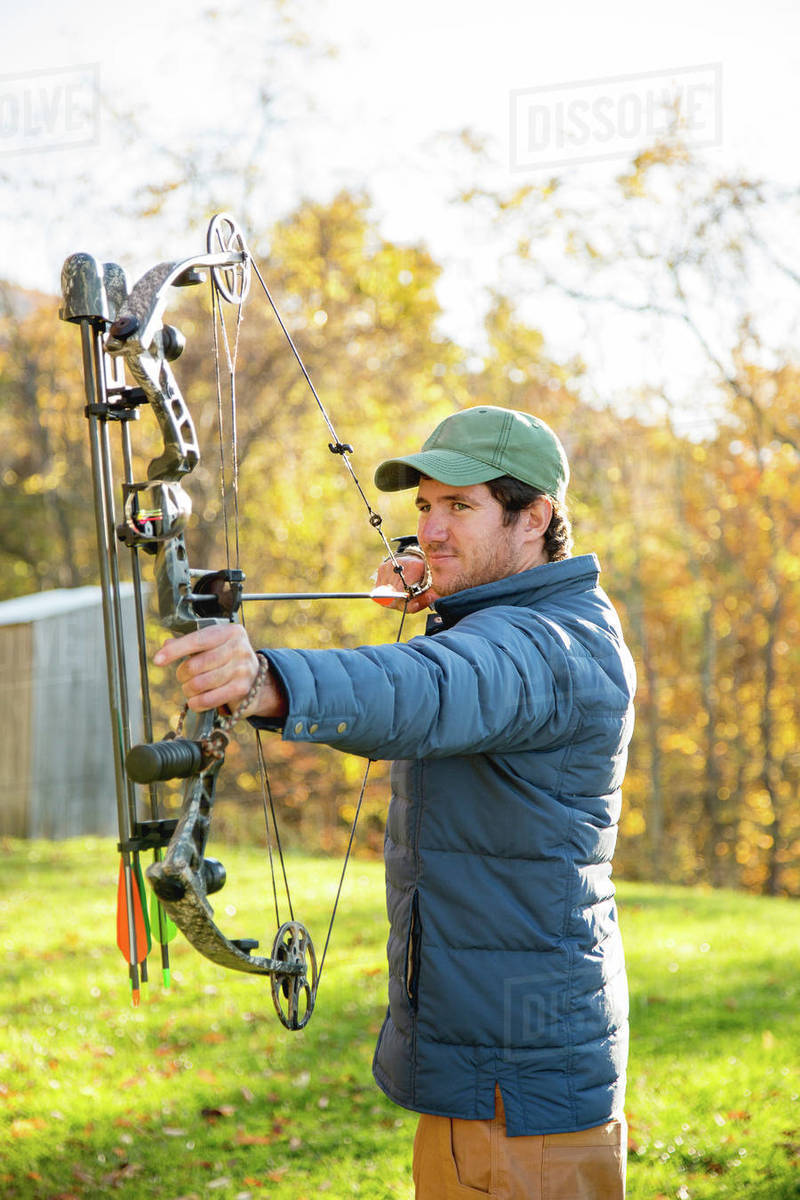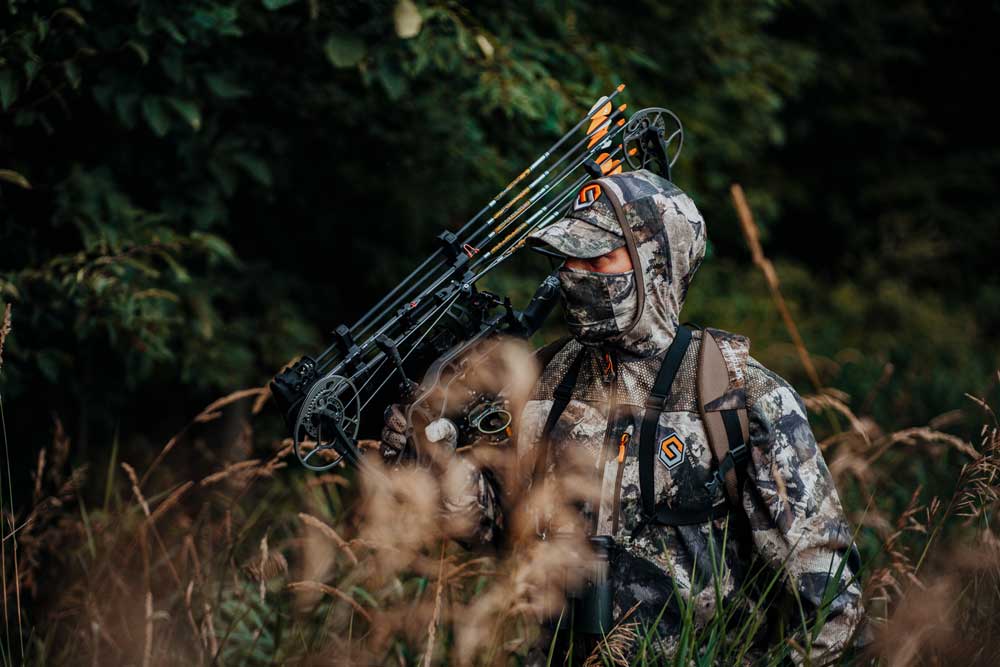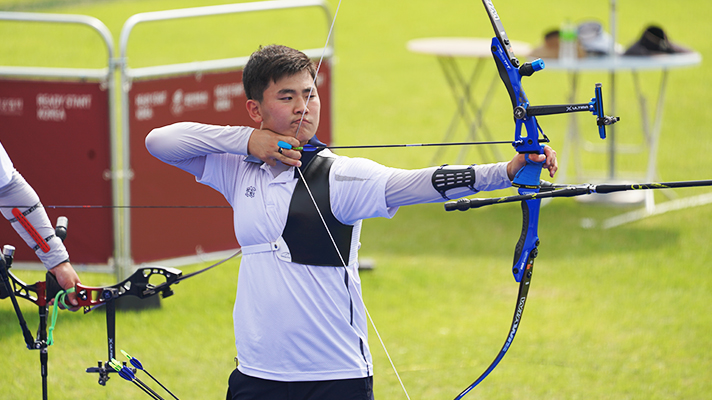
There are many variables to take into consideration when choosing the best time of year to hunt deer. Deer are highly tuned in their senses and adapt their movements and feeding to changes in pressure. Hunting in the best weather conditions is not always the best. Here are some tips for choosing the right weather conditions to hunt deer. Avoid cold fronts, windy days and rainy spells. Instead, pick sunny days and dry days.
Cold fronts
These are the most important rules to follow when hunting. One of the most important is to plan ahead of time. Hunters should plan their hunting days in advance of a cold front. Hunting is most productive if the temperature is below 10 degrees from the day before. This pattern will repeat the next day.
Rain
Although hunters often believe that rain is the worst time to hunt deer it's the exact opposite. Hunters should think about hunting in the rain if there is a short window of opportunity. Rain allows deer to eat, and deer are less likely to move when the rain is heavy. Deer move when the rain has stopped. When hunting in the rain, there are some things you should remember.

Cool spells
Using cool spells to increase your odds of success in hunting deer is a great way to boost your chances of snagging the trophy. This can be accomplished in several ways. Watching the water in a creek will give you an example of how the wind affects the area. It flows and ebbs around rocks and land pockets. This behavior can be a sign of success.
Windy days
There are many benefits and drawbacks to hunting deer on windy days. Although windy conditions may be favorable or detrimental to hunters, they should not be considered an excuse for not hunting. You can maximize your chances of capturing a trophy by learning how to harness the wind. Once you have this knowledge, you can maximize your chances to harvest a deer. Here are some tips to help you make the most of windy days:
Warm spells
When it is warm, deer tend to alter their eating habits. They tend to prefer foods that retain moisture and are therefore more palatable during hot spells. Deer will often choose a wheat or clover field in the late season when the conditions are perfect for their forages. These are the best things to do if you plan to hunt deer in these warm seasons.
Moon overhead
Hunting deer is best done during solunar times. When the moon is overhead or underfoot, deer tend to move more quickly, and this is when the best time to stalk them is. It is possible to use the moon phase of many hunting sources. This combination provides the best light conditions for hunting deer.

Crepuscular periods
There are several reasons why you should choose the best weather for hunting deer during the crepuscular season. First, wind can make it more difficult for deer or their hunter to notice you, making stalking conditions perfect. A second reason to hunt in winds is that it is better to hunt on the ground. Windy days are more likely to cause deer to move than calm days. If this happens, hunt from the ground.
Management with scent
To hunt deer successfully, scent management is crucial. Whitetail deer rely on their sense of smell to survive, and reducing your scent will help you get close to older animals. There are many ways to manage your scent. However, the most important thing is hunting the wind. The key to this is to know how wind can be used effectively. Avoid windy hunting days, because early mornings can be humid.
FAQ
How many people in the US rely on hunting?
Over 300 million hunters reside in the United States. This is nearly twice the number of hunters than New York City residents.
Hunting is a American pastime which dates back to centuries. However, today's hunters are less common than ever. According to the U.S. Fish & Wildlife Service (FWS), only 2 percent of the population hunts regularly. Young adults are even less likely to hunt regularly.
Hunting may seem outdated, but it is still very popular with older generations. Recent research found that 68% of boomers plan on hunting again when they retire. Hunting is for them a way to enjoy the outdoors and connect with nature.
For younger generations hunting is not necessarily a priority. In fact, according to the National Shooting Sports Foundation, only 18 percent of millennials consider themselves avid shooters.
FWS works hard to ensure that America's wild places are accessible to all.
In 2014, the agency launched its "Wild Lands" campaign to raise awareness about public lands across the country. This campaign aims to inform people about the importance and encourage people to visit these areas.
Conservation efforts are encouraged by the Wild Lands program. FWS and National Rifle Association have partnered to create Project Gunter, a youth shooting sport program. The program teaches children how to safely use firearms and helps them improve their marksmanship and safety skills.
Project Gunter is now expanding to include women and minorities. This has led to more children learning how to use guns and becoming active participants in wildlife conservation.
Is hunting dangerous?
Yes, it is possible to get hurt while hunting.
There are many ways to injure your self.
An example is poor shooting techniques. It is possible to shoot at the wrong angle and hit the wrong parts of the animal.
An attack by another animal is also a risk.
Hunting accidents happen every year. Guns cause many deaths and serious injuries.
Hunters are advised to keep their guns loaded until they reach their destination.
It is also important that they do not take their guns with them when they venture into the woods.
Keep your eyes open. Always be aware of your surroundings and pay attention to any sounds.
You must be able to defend yourself against any animal that you approach.
Never chase after prey. Instead, wait patiently and they will come to you.
Do not take shortcuts. They could lead to injury and death.
Be cautious around cliffs and other locations where it is difficult to see below.
Stay away from rivers and streams. These places can flood unexpectedly.
When hunting, it is important to avoid alcohol consumption. Alcohol affects your judgment and slows down reaction time.
Keep all safety equipment close to you. You should always have a flashlight and first aid kit.
It is vital to learn how to deal with an emergency. If you do not know how to perform CPR or administer first aid, find someone who knows how to help you.
How many people hunt rifles in the US
Around 2 million hunters use rifles to hunt deer, elk and moose each year.
Most hunters are men, aged between 18 and 55, and come from rural areas.
They hunt in solitude, usually using a crossbow or a bow, and hunt during daylight hours.
The most popular hunter is whitetail deer (68%), followed by mule and black deer (13%) and bears (10%)
There is not a national data set on how many women are involved in hunting, but there is evidence that this activity is growing.
How much does it cost to hunt?
A hunting trip costs different depending on where you live and what kind of wildlife you want to hunt.
In general, a two-person hunting party will cost between $500-$1,000 per head. This includes accommodation, food, gas, equipment, licenses, etc.
There are some areas that charge more than others. Expect to pay more if hunting during peak seasons like the fall turkey season.
What gun works best for hunting?
The most effective weapon for hunting is a.22 caliber rifle. It's light and easy for hunters to carry. It allows you to accurately shoot long distances.
It is best to not anticipate a predator attacking you with this type of gun.
You don’t want to waste ammunition shooting at trees, because it would do little harm. You need to have a clear shot at your prey.
A.30 caliber rifle can be used if you plan to hunt larger game such as deer and elk. However, it's heavier than a.22 caliber rifle.
You will need to practice more to achieve the same level of accuracy with a 30-caliber rifle.
What type of training does it take to become an experienced hunter? How long does it take?
You must take a basic course to learn how to hunt. This course teaches about different game species and provides information about hunting laws.
You will be taught how to safely handle ammunition and firearms. These items will be safely used.
This course can take anywhere from two to three weeks. Some courses can only be taken online. Others are held in person.
To qualify for a license, you must pass a written test. You might also need to prove that you have successfully completed a hunter education program.
How much does it cost for me to become licensed? What if there isn't enough money?
The cost of getting licensed varies depending on the state you live in. It costs anywhere from $20 up to more than $100.
If you do not have enough money, you may be able to apply for a loan or grant.
You will also need to pay a tag. The price of tags varies depending on the game you are hunting.
Tags are available for deer, elk, bear, moose, waterfowl, upland birds, and furbearers (such as foxes).
Some states require that you register with the Department of Natural Resources in order to obtain a license.
Before you go out hunting, make sure you check all local regulations.
Statistics
- According to the Wildlife Restoration Act, passed in 1937, most of the state conservation efforts are funded through hunting and fishing license sales and firearms sales. (stacker.com)
- Licenses dropped from a peak of roughly 17 million in the 1980s to 15 million in 2019, according to The Seattle Times. (stacker.com)
- - Percent of residents with paid hunting licenses: 0.7%- (stacker.com)
- Less than 1% of Hawaii's population has a hunting license. (stacker.com)
External Links
How To
How to hunt wild turkeys
Wild Turkeys are birds found in North America. They are most common in Texas, Oklahoma, New Mexico, Arizona, Colorado, Utah, California, Nevada, Idaho, Wyoming, South Dakota, Montana, and Washington. Wild Turkeys consume grasses, seeds and insects. They may also eat berries and acorns in some regions. Their diet is important for their health and strength. Wild Turkey feathers are used to make clothes and hats. The breast meat is eaten.
You can hunt wild turkeys safely if these tips are followed. Wear long pants and closed-toe shoes. Predators will be attracted to perfumes and colognes. If you see a predator, do not run away. Instead, move slowly towards your vehicle. Keep calm and collected as you approach birds. It might take several attempts before the bird is close enough to you that you are able get a good shot. A shotgun with 00 buckshot should be used when shooting at wild turkeys. It is best to only take one shot.
If your gun jams try again later. Avoid being hit by flying pellets and duck behind a car or tree. If you're lucky, a hunter might come along to help you clean up.